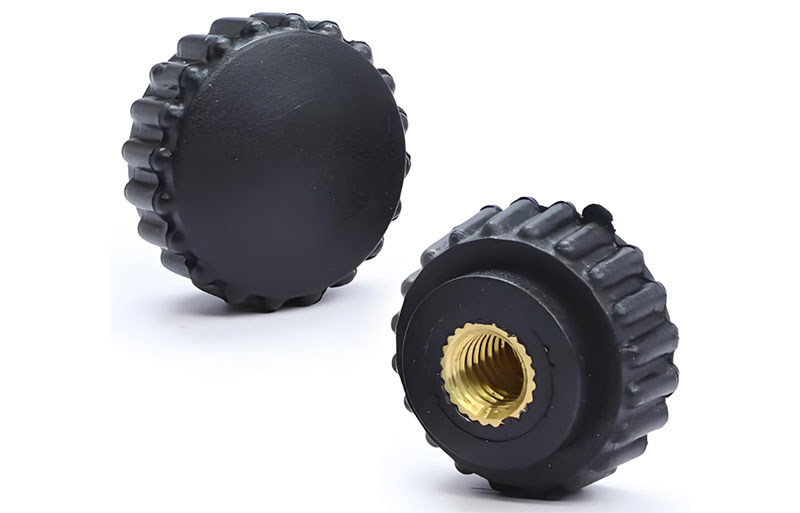Blind holes are commonly used in various applications due to their increased strength and aesthetic benefits. Typical applications of blind holes include:

Aviation
Manufacturers in this field often use blind holes in constructing different aircraft components purposely to reduce weight without sacrificing the airplane part’s primary strength.
Electrical and Electronic Components
Engineers and machinists often use blind holes in electronic circuit boards to make mounting points for components like connectors, standoffs, and spacers. These holes facilitate secure attachment without damaging traces or components on the opposite end of the board.
Architecture
Blind holes serve aesthetic purposes in metalworking, woodworking, and other crafts. Manufacturers use these features to create visually appealing s=designs by filling them with contrasting materials like epoxy resin and metal inlays.
Mold and Die Making
Blind holes are used to produce mold and die for injection molding, forming, and casting techniques. They establish mounting points for cooling channels, ejector pins, and alignment features and help to improve mold performance and quality of molded parts.
Automotive
Automotive manufacturers employ blind holes in motor blocks and transmission parts for reliable attachments and to reduce material usage.
